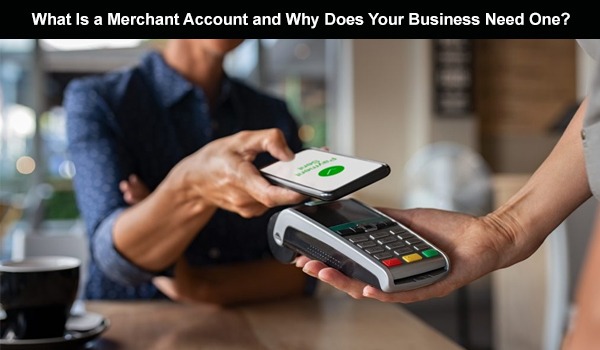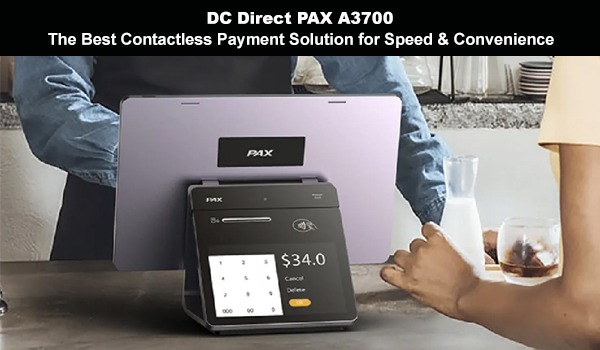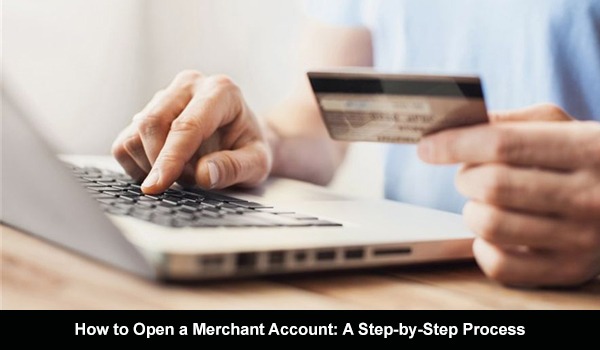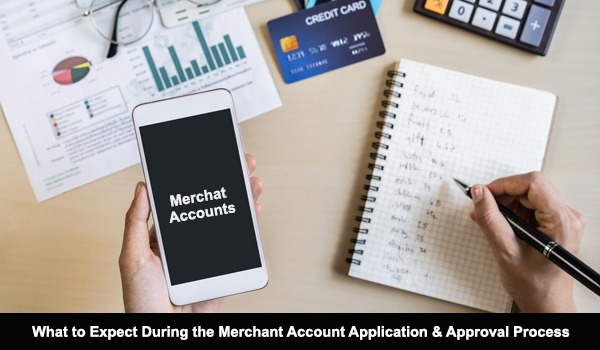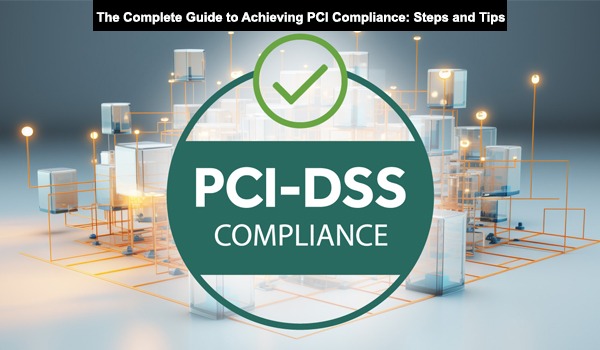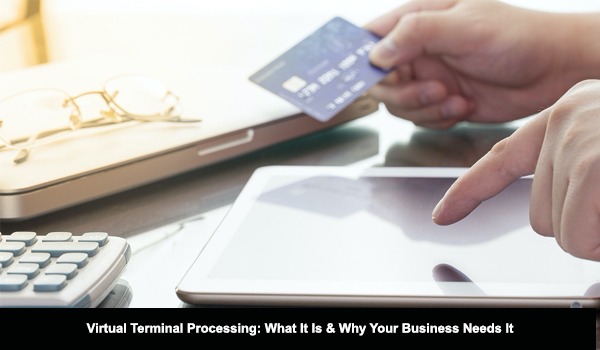
Virtual Terminal Processing Is Essential for Modern Businesses
In today's busy, tech-savvy world, companies are always looking for new ways to streamline their operations and provide improved services to their customers. With the increasing popularity of online and mobile payments, there's one important tool that's transformed the way businesses process transactions: virtual terminal processing. Whether you own a small business or operate a large corporation, incorporating a virtual terminal into your payment processing system can provide substantial benefits, such as flexibility, security, and convenience.
But what is virtual terminal processing anyway? How does it function, and why would your company adopt such technology? Let's cut through the technicalities and uncover the nitty-gritty on virtual terminal processing and the overwhelming list of reasons why it is an essential business tool for anyone across the globe.
What is Virtual Terminal Processing?
At its most basic, a virtual terminal is a web-based utility that allows businesses to take payments over the web, without needing to have hardware such as standard point-of-sale (POS) systems. Rather than having to use a hardware card reader, your business can take credit and debit card payments straight from a computer, tablet, or even an internet-connected smartphone.
A virtual terminal is basically a web-based, secure software through which you can manually enter payment information into an internet-based system. It is similar to how a normal POS terminal operates, except it doesn't use any hardware to facilitate the transaction. This makes it particularly useful for companies that deal with clients beyond the normal retail setting, such as mobile companies, service industries, or online platforms.
To accept a payment via a virtual terminal, the company types in a customer's payment details—such as credit card number, expiration date, and security code—into the software. The virtual terminal then talks to a payment gateway to authorize and settle the payment. The whole operation is secure, encrypted, and operates with the same efficiency as traditional solutions, but with the extra convenience of remote access.
How Does Virtual Terminal Processing Work?
To gain a clearer understanding of how virtual terminal processing works, let's break it down:
- Getting into the Virtual Terminal: Once you've registered with a virtual terminal provider (usually through a payment processor), you access your virtual terminal by logging in using a secure site or application.
- Entering Customer Information: The payment details of your customer are given to you over the phone or via email, and you manually key in the information in the virtual terminal interface. This may be the customer's credit card number, expiration date, billing address, and security code.
- Transaction Authorization: After entering the information, the virtual terminal forwards the data to the payment processor, which authorizes the payment. This verifies that there are enough funds, avoids fraud, and authorizes the transaction.
- Completing the Transaction: Once payment authorization is done, the virtual terminal makes the payment, remitting the funds to your account. A confirmation is then sent to you and a receipt may be issued to the customer.
- Record-Keeping: The virtual terminal automatically captures transaction data, which means it becomes easier for companies to monitor sales, create reports, and keep accounting records.
Why Should Your Business Consider Virtual Terminal Processing
Now that we know what virtual terminal processing is, let's find out why this technology can be helpful to your business. No matter what size your business is, having virtual terminal processing can provide you with a treasure trove of benefits. Here's why:
1. Best for Mobile and Remote Businesses
One of the best features of virtual terminal processing is its flexibility. Companies that don't have a brick-and-mortar location—like consultants, field service businesses, delivery services, and home-based businesses—can really take advantage of the convenience of processing payments from anywhere.
For instance, a contractor may receive payment on the field once they have finished working, or a fitness trainer may bill clients during a session using their smartphone or tablet. This allows business owners to have the ability to accept payments anywhere, making it convenient to seal deals and enhance cash flow.
2. Cost-Effective Solution for Payment Processing
Classic POS systems are often accompanied by significant expenses. From card readers to receipt printers and other peripherals, these systems may be pricey to install and keep running. Add to that the expense of buying expensive software upgrades and security protocols.
On the other hand, a virtual terminal needs little investment. Provided you have an internet-connected device (such as a smartphone or tablet), you can start taking payments straight away. This dramatically reduces the entry cost for small businesses and new businesses that might not be able to afford costly equipment. Virtual terminals also usually have lower monthly charges than conventional POS systems, so you can save money in the long run as a small business owner.
3. Improved Security and Fraud Protection
Security is a priority for any business that is dealing with customer payment information, and virtual terminal processing leads the pack. Because payments are processed via encrypted connections and meet Payment Card Industry Data Security Standard (PCI DSS) standards, they are a highly protected way to deal with sensitive information.
In addition, most virtual terminals also include sophisticated fraud protection tools such as address verification systems (AVS) and card security code (CVV) validation. These features minimize the possibility of fraudulent payments by verifying that the customer is the legitimate cardholder.
Thanks to the additional security measures, you can receive payments with confidence, assuring that your company and customers are safe from data breaches and fraud.
4. Easy, Fast Payment Processing
For companies that are dealing with high-volume environments, a quick and easy way to accept payments is highly important. Virtual terminal processing cuts down on payment processing by allowing businesses to save time by doing away with manual card swiping or chip insertions and facilitating transactions with ease using only clicks.
This speed is especially valuable for industries where fast payment processing is essential, such as in service-based businesses, where transactions must be completed on-site after services are provided. Whether you’re at a client’s house or at a trade show, having the ability to accept payments in real-time increases efficiency and can lead to quicker transaction completion.
5. Easier Record-Keeping and Reporting
Accounting and record-keeping are essential parts of operating a successful business, but they can also be cumbersome and time-consuming. Virtual terminals make it easier by logging all transaction information automatically, including sales values, customer information, and payment status.
By tracking transactions in real-time, you can instantly generate reports, manage your finances, and reconcile payments with ease. Most virtual terminal providers offer a user-friendly dashboard that displays transaction history, allows you to print receipts, and export data to your accounting software. This streamlines your financial processes, reduces errors, and helps you stay organized.
6. Enhanced Customer Experience
With growing competition across industries, ensuring a smooth and satisfying customer experience has become a crucial factor for business success. Providing your customers with several payment options is key to delivering what they want. By having a virtual terminal integrated, you can support a greater variety of payment preferences, be it credit card, debit card, or mobile payment options such as Apple Pay or Google Pay.
Enabling your customers to pay remotely—whether for an appointment, subscription, or product—is a frictionless, seamless experience. For those businesses that are dependent on repeat customers or service agreements of length, a hassle-free payment experience can build loyalty and retention of customers.
7. Supports Recurring Payments and Subscriptions
For companies that use a subscription or recurring payment method, virtual terminals offer a convenient means of handling recurring billing. You can arrange automatic recurring payments for customers, so you receive payments on time without having to process each transaction manually.
This is perfect for subscription services, like gyms, SaaS businesses, or membership clubs. Automating the payment processing reduces the risk of delayed payments, enhances cash flow, and makes it more convenient for customers.
8. Scalable as Your Business Grows
Whether you’re a solo entrepreneur or managing a growing team, scalability is essential when selecting business tools. Virtual terminal processing is highly scalable, allowing businesses to add more users, manage multiple locations, and adjust the system as needed.
For instance, when you are opening up in new markets or adding more staff, you can simply add new users to the system without investing in new hardware or undertaking any extensive infrastructure revisions. This positions virtual terminals as a perfect option for companies in need of expanding without requiring them to undertake lengthy system overhauls.
Conclusion
With the emphasis on convenience and security today, virtual terminal processing provides companies with a robust, adaptable, and affordable way to accept payments. For service businesses and mobile-based businesses, e-commerce and subscription models, virtual terminals can suit a broad range of industries and business sizes.
With remote payment processing capability, increased security, simplified operations, and enhanced customer satisfaction, incorporating virtual terminal processing into your business is no longer a choice—it's a requirement. With the ever-changing business environment, incorporating digital payment technology such as virtual terminals will place your organization on the path to long-term success.
So, if your company has not yet implemented virtual terminal processing, it's time to get on board. Whether you are a small new business or an established company, this technology will enhance your payment processing, enhance your efficiency, and enable you to deliver an improved customer experience.


